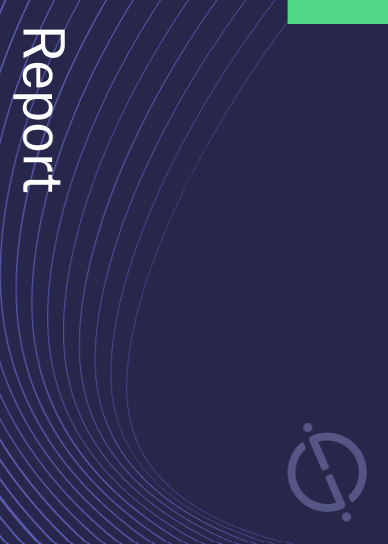Advanced Energy Industries. has filed a patent for generators and methods to ignite plasma in a plasma chamber. The generator includes an ignition profile generator that creates an ignition profile from a voltage specification, which is then stored in an ignition profile datastore and applied to the generator’s output using a waveform generator. GlobalData’s report on Advanced Energy Industries gives a 360-degree view of the company including its patenting strategy. Buy the report here.

Discover B2B Marketing That Performs
Combine business intelligence and editorial excellence to reach engaged professionals across 36 leading media platforms.
According to GlobalData’s company profile on Advanced Energy Industries, Smart grids was a key innovation area identified from patents. Advanced Energy Industries's grant share as of September 2023 was 46%. Grant share is based on the ratio of number of grants to total number of patents.
Generator for igniting plasma in a plasma chamber
A recently filed patent (Publication Number: US20230290612A1) describes a generator for igniting a plasma in a plasma chamber. The generator includes an ignition profile generator that receives a specification for voltage as a function of time and creates an ignition profile based on this specification. The ignition profile is stored in an ignition profile datastore and applied to the output of the generator using a waveform generator.
The patent also mentions that the ignition profile datastore can include test profiles, and an ignition feedback module is included in the ignition profile generator to identify the ignition voltage when the test profiles cause ignition. These test profiles consist of data points that cause the waveform generator to apply a changing voltage to the output until ignition occurs.
The waveform generator in the generator can be either a linear amplifier or a switch-mode amplifier.
Another aspect of the patent describes a non-transitory processor-readable medium that contains instructions for igniting a plasma in a plasma chamber using the generator. These instructions include receiving a specification for voltage as a function of time, creating an ignition profile based on this specification, storing the ignition profile in an ignition profile datastore, and applying a waveform with the ignition profile to the generator's output.
The non-transitory processor-readable medium also includes instructions for applying a changing voltage with the generator to the output in order to identify an ignition voltage that is less than the maximum voltage of the generator. The instructions for creating the ignition profile involve receiving a voltage value and a time value for each data point to create a waveform that jumps to the ignition voltage and then dithers about it.
Overall, this patent describes a generator that utilizes an ignition profile to ignite a plasma in a plasma chamber. The generator includes a waveform generator and an ignition profile generator, and can be used with either a linear amplifier or a switch-mode amplifier. The patent also mentions the use of test profiles and an ignition feedback module to identify the ignition voltage. Additionally, a non-transitory processor-readable medium is described that contains instructions for using the generator to ignite a plasma.
To know more about GlobalData’s detailed insights on Advanced Energy Industries, buy the report here.
Data Insights
From

The gold standard of business intelligence.
Blending expert knowledge with cutting-edge technology, GlobalData’s unrivalled proprietary data will enable you to decode what’s happening in your market. You can make better informed decisions and gain a future-proof advantage over your competitors.




